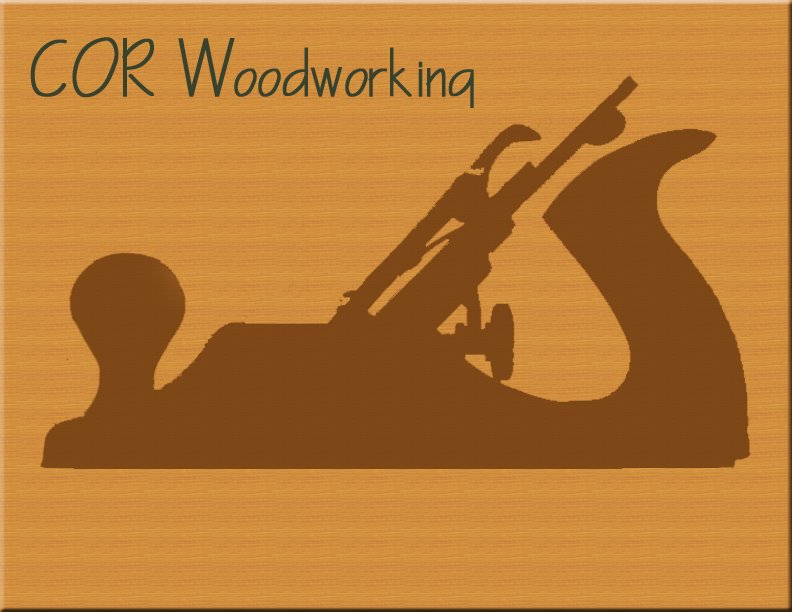 A couple of our neighbors with wood burning stoves have been well stocked with grocery bags of wood shavings the last couple of weeks, products of my busyness in the shop. I can measure the productivity level on a single night on how many grocery bags of shavings I produce. Lately I have been working on a new piece with dovetailed convex curved sides. I began by marking out the arc on the end grain of the short sides and then proceeded to create steps with the #140 Skew Block Plane. Once the steps have been established I switch over to the shoulder plane which is a litter faster. These steps remove excess material and give a guide as you begin to shape the convex curve. I chose to use the large shoulder plane with a tight mouth to accomplish the curve. I left the curve somewhat rough knowing that the lid and the feet would need to be blended into the curve of the sides later. The feet and the lid will be a continuation of the arc on the sides. To accomplish the dovetails I cut the tails out when the long sides were still square on the end. Once the tails were cleaned up I transferred the tails to the curved pin board. I then proceeded to cut the pins out of the curved short sides. Holding the work down to the bench to chop out the waste material became a challenge. Chopping from the face, the back could rest flat on the bench. I created a negative of the curve to cradle the short sides so I could chop out to the base line from the back. I found that using a smaller chisel, about, 3/8” was easier to register in the baseline on the face because of the curve. A deeply scored baseline was crucial for this operation. With the pins cut out, the dovetails could be assembled. Once the glue dried I proceeded to flush off the tails to meet the curve of the short sides. I cut as much waste away as possible and then used a rasp to hog the remaining material away just shy of being flush. With the toe rested on the curved sides the large shoulder plane flawlessly trimmed the end grain flush. Once the hinges and feet are installed I can blend the entire arc into the sides.
A couple of our neighbors with wood burning stoves have been well stocked with grocery bags of wood shavings the last couple of weeks, products of my busyness in the shop. I can measure the productivity level on a single night on how many grocery bags of shavings I produce. Lately I have been working on a new piece with dovetailed convex curved sides. I began by marking out the arc on the end grain of the short sides and then proceeded to create steps with the #140 Skew Block Plane. Once the steps have been established I switch over to the shoulder plane which is a litter faster. These steps remove excess material and give a guide as you begin to shape the convex curve. I chose to use the large shoulder plane with a tight mouth to accomplish the curve. I left the curve somewhat rough knowing that the lid and the feet would need to be blended into the curve of the sides later. The feet and the lid will be a continuation of the arc on the sides. To accomplish the dovetails I cut the tails out when the long sides were still square on the end. Once the tails were cleaned up I transferred the tails to the curved pin board. I then proceeded to cut the pins out of the curved short sides. Holding the work down to the bench to chop out the waste material became a challenge. Chopping from the face, the back could rest flat on the bench. I created a negative of the curve to cradle the short sides so I could chop out to the base line from the back. I found that using a smaller chisel, about, 3/8” was easier to register in the baseline on the face because of the curve. A deeply scored baseline was crucial for this operation. With the pins cut out, the dovetails could be assembled. Once the glue dried I proceeded to flush off the tails to meet the curve of the short sides. I cut as much waste away as possible and then used a rasp to hog the remaining material away just shy of being flush. With the toe rested on the curved sides the large shoulder plane flawlessly trimmed the end grain flush. Once the hinges and feet are installed I can blend the entire arc into the sides.








